Maintaining oral hygiene is crucial for overall health, and one of the simplest yet most important tools in this endeavor is the toothbrush. However, many people are unsure about how often they should change their toothbrush. Using a worn-out toothbrush can lead to ineffective cleaning, increased risk of dental problems, and even potential infections. Here’s a comprehensive guide on when to change your toothbrush and why it’s essential.
Other Topics You Might Like
Helpful Products You Might Like
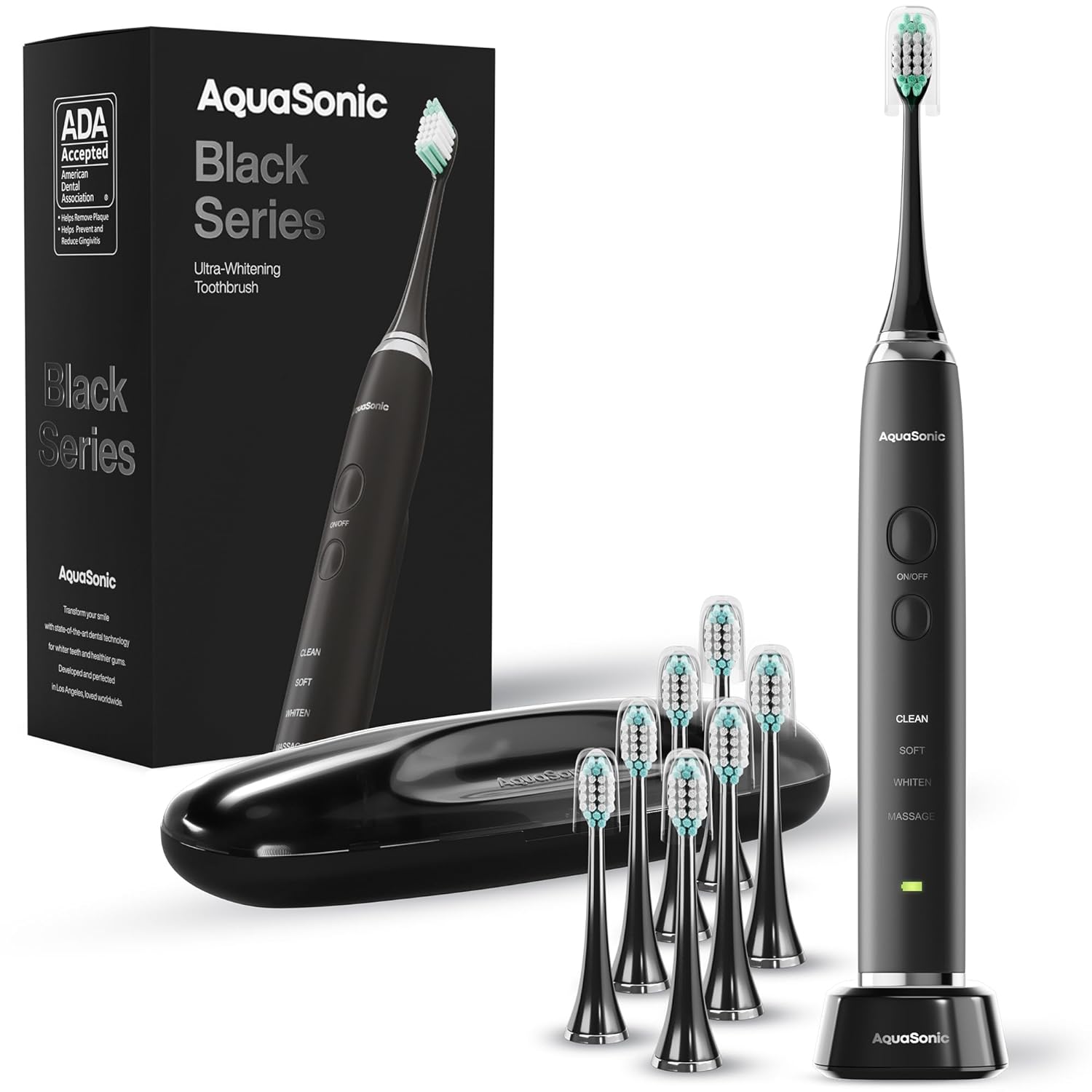
Aquasonic Black Series Ultra Whitening Electric Toothbrush
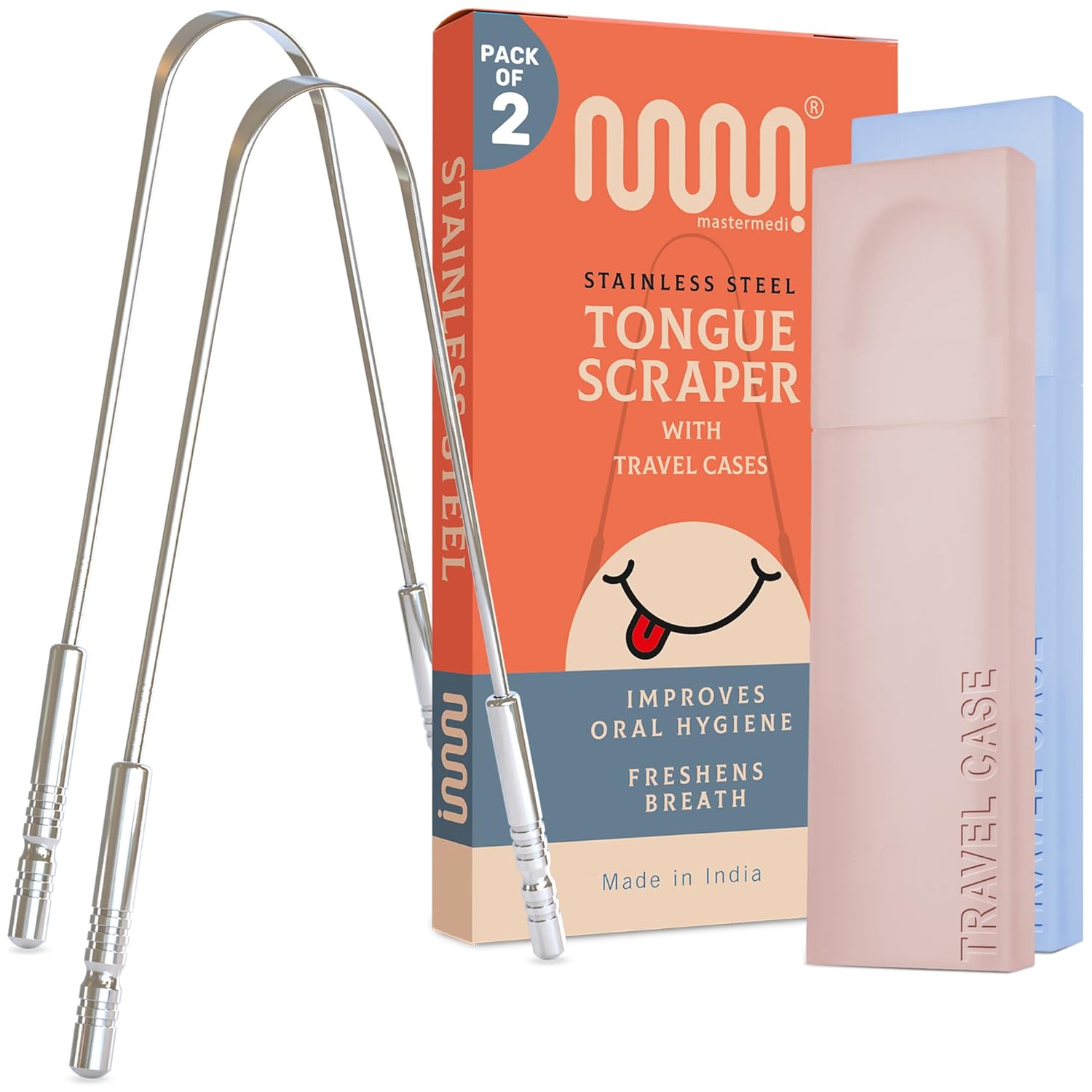
MasterMedi Tongue Scraper with Multicolor Travel Cases
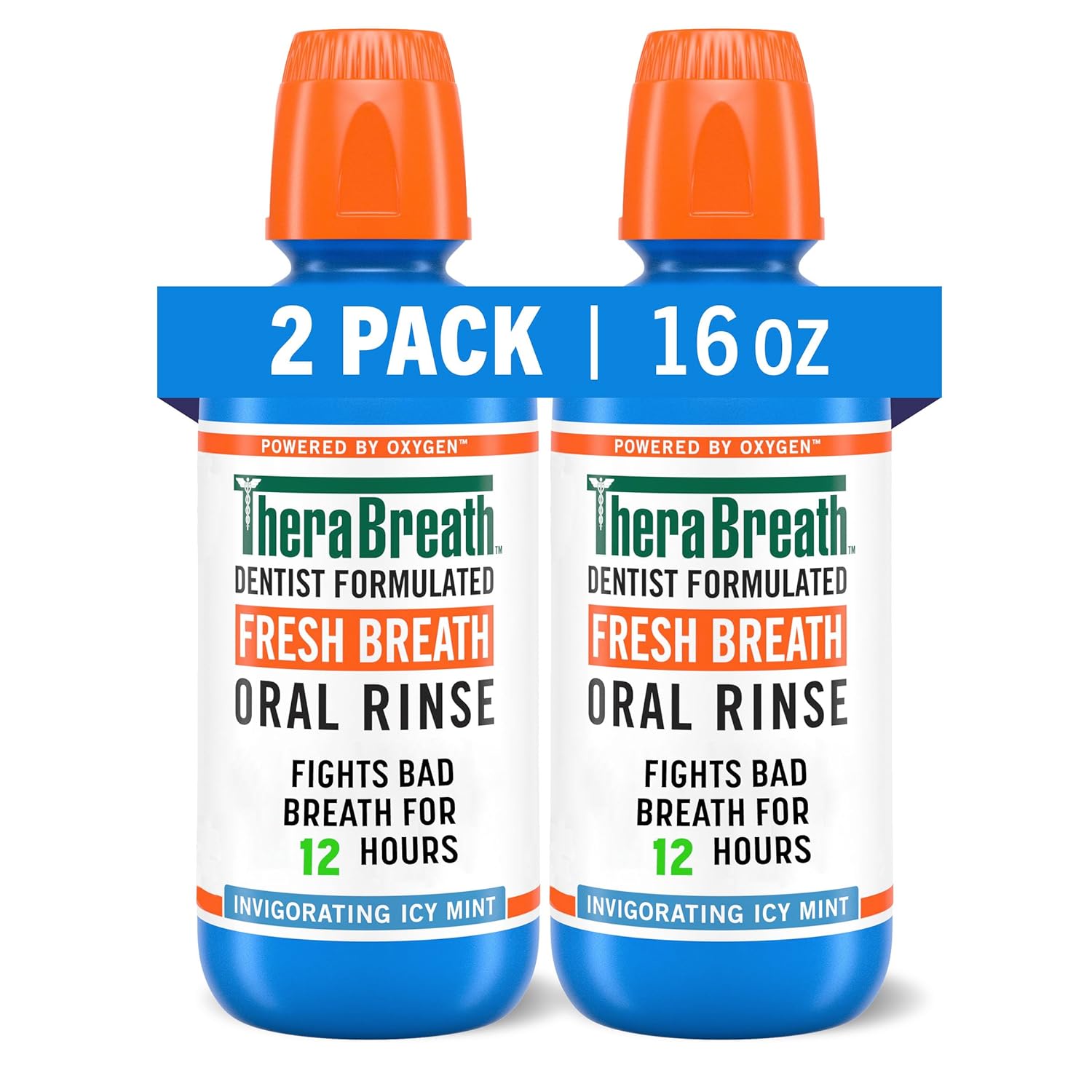
TheraBreath Fresh Breath Mouthwash
General Guidelines for Changing Your Toothbrush
Every 3 to 4 Months
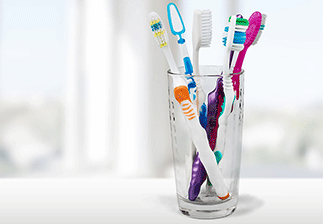
After Illness
If you’ve been sick with a cold, flu, or any other illness, it’s a good idea to replace your toothbrush once you’re better. Germs and bacteria can linger on the bristles and potentially lead to reinfection.
Visible Wear and Tear
Regularly inspect your toothbrush for signs of wear and tear. If the bristles are bent, frayed, or discolored, it’s time for a replacement, regardless of how long you’ve been using it.
For Children
Children’s toothbrushes often need to be replaced more frequently than adults' due to rougher use. Check their toothbrushes regularly and replace them when you see signs of wear.
Importance of Changing Your Toothbrush
Effective Cleaning
A toothbrush with worn-out bristles is less effective at cleaning teeth and gums. Fresh bristles are better at removing plaque, food particles, and bacteria, which helps prevent cavities, gum disease, and bad breath.
Preventing Bacteria Buildup
Over time, bacteria can accumulate on your toothbrush, especially if it’s stored in a moist environment. Changing your toothbrush regularly helps reduce the risk of bacterial contamination.
Maintaining Oral Health
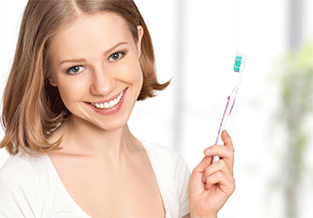
Using a toothbrush with worn bristles can lead to gum irritation and ineffective cleaning, increasing the risk of dental problems. Regular replacement ensures your toothbrush is always in optimal condition for maintaining oral health.
Tips for Proper Toothbrush Care
Rinse Thoroughly
After each use, rinse your toothbrush thoroughly with water to remove toothpaste and debris.
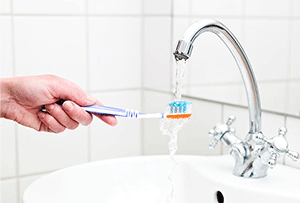
Store Upright
Store your toothbrush upright in a holder or cup where it can air dry. Avoid keeping it in a closed container, as moisture can encourage bacterial growth.
Avoid Sharing
Never share your toothbrush with others, as this can spread bacteria and infections.
Cover the Bristles
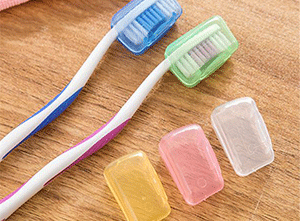
When traveling, use a toothbrush cover to protect the bristles, but ensure it has ventilation holes to prevent moisture buildup.
Special Considerations
Electric Toothbrush Heads
If you use an electric toothbrush, the same rules apply. Replace the brush head every 3 to 4 months or sooner if you notice signs of wear.
Orthodontic Appliances
If you have braces or other orthodontic appliances, you might need to replace your toothbrush more frequently due to increased wear and tear.
By following these guidelines and maintaining good toothbrush hygiene, you can ensure your teeth and gums remain healthy and well-protected. Remember, regular dental check-ups and proper brushing technique are also key components of effective oral care.
